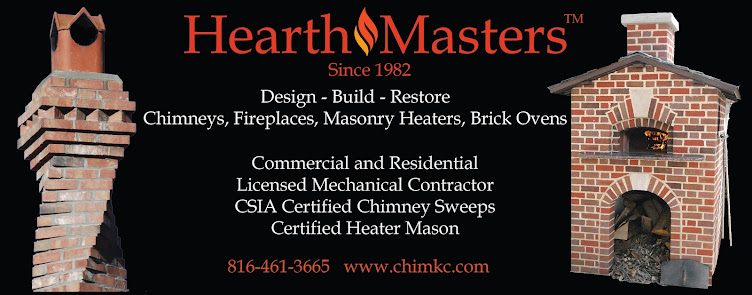By Marge Padgitt
 |
Chimney Fire: Source: Marlboro FD, VA
|
It’s that time of year again – the season for chimney fires.
As a chimney and fireplace service company we see the results of the lack of proper
maintenance and improper installation that can cause fires and destruction of
property, and in some cases injury or death. Chimney fires are preventable and
should be avoided because of the risk that they could escape the chimney and
catch the house on fire.
All types of wood – even hardwood- creates creosote when burned.
It accumulates on flue and smoke chamber walls and must be periodically removed.
Chimney sweeping should be done by a professional chimney sweep who has the
proper equipment to do the job right. First, tarps and a vacuum are set up.
Then the sweep brushes the flue with wire brushes for masonry flues, or poly
brushes for metal flues, and removes the creosote from the flue and fireplace
or wood stove. Next, the sweep should run a chimney camera through the chamber
and flue to inspect it and make sure there are no broken flue tiles, missing
mortar, or blockages, or in the case of a manufactured fireplace or stove, that
all of the metal pipe seams are solid and unwarped. The chimney sweep will then
do a visual inspection of the interior and exterior chimney, check for proper
clearance to combustibles and proper installation of components, then provide a
report on its condition.
 |
Chimney sweep Source: Adobestock.com
|
It is very common for repair issues to arise with any type
of chimney. Regular maintenance is
needed in order to keep the system
functioning properly. Exterior masonry repairs should be done in the spring or
summer, but if the chimney needs a new flue liner this can be done any time of
year. Chimney fires can cause costly damage to a masonry or metal chimney system.
If relining is necessary, it will cost thousands of dollars. Fortunately,
chimney fires are covered by homeowner’s insurance. However, it is best to
avoid a chimney fire in the first place.
According to the U.S. Fire Administration there were 83,300
house fires caused by heating in 2018.
The National Fire Protection Association’s latest press release dated
November 22, 2010 estimates that 66,100 home fires caused 1.1 billion in
property damage, 1,660 injuries and 480 deaths in 2008, which was a 0.5%
decline from 2007. 15,200 (23%) of all
home heating fires are creosote fires, which the NFPA calls “failure to clean”
fires that were confined to a chimney or flue, or involved solid-fueled space
heaters, chimneys, connectors, and fireplaces.
See the entire news release at www.nfpa.org
Tips:
Never burn a dry Christmas tree in a fireplace.
2.
Only burn dry, seasoned hard or soft cordwood in
a stove or fireplace
3.
Only burn one piece of hedge to two pieces of
other types of wood.
4.
Have the chimney inspected and swept annually,
or twice per season if using a wood stove.
5.
Have a Draw Collar installed for hard-starting
wood stoves.
6.
When purchasing a new home have the chimney
inspected by a CSIA Certified Chimney Sweep prior to closing so you know what
you are getting into.
7.
If you hear a whooshing sound, or freight-train
like sound, or the room fills with smoke, get out of the house and call the
fire department. Go outside and see if flames are shooting out the top of the
flue.
See more information about chimney and fireplace
maintenance and how to choose an appliance in Marge and Gene Padgitt’s new book
Wood-Fired Heating and Cooking: How to choose, maintain, and operate a
wood-burning appliance at Amazon.com or hearthmasters.net.




